Understanding Mortgage Down Payments

Congratulations! You've finally made it to the milestone in your life where you're ready to buy your very first home. It's a big step to take and if you're a first-time home buyer, the process can get quite confusing.
This is why it's important to know exactly what to expect before beginning the process. Have you found yourself asking, "how much money do you need to buy a house?" Do you have a full understanding of how down payments work?
If you could use some information on either of these subjects, you've landed in the right place. We're here to help explain everything there's to know about putting a down payment on a house. Continue reading below to get started!
What is a Down Payment?
First, let's start with what a down payment is. A down payment is an amount of money that you pay out-of-pocket when purchasing a home, a vehicle, or another asset that requires a loan. This money normally comes from someone's savings account and is paid using a check, credit card, or an electronic form of payment.
Because a down payment is an amount of money that you're giving upfront out-of-pocket, it's important to have a good idea of how much you'll need before starting the buying process. This way, you can save up in advance and have the money waiting. In most cases, you're required to pay at least 3% down payment on a home.
This means that however much your new home cost, you'll have to pay 3% of the home's price upfront. The leftover amount is what your loan is for and what you'll pay back over the series of several years, such as 30 years.
Current Down-Payment Trends
Along with real estate market trends, there are also current down payment trends to keep up with and follow as a first-time home buyer.
A 20% down payment may be the standard in most minds and is the current down payment trend; and has been around for years. This may be why the rates you see advertised online or on TV are not available to you for your scenario. However, data collected from the National Association of Realtors suggests that many people don't put down a full 20%.
Around 55% of home buyers who took out a mortgage paid a down payment of 6% or less of the home's value on the house they bought. And for first-time home buyers, that percentage increases to 72% of people paying a 6% down payment or less.
How Much You Should Pay
The standard is 20% for a reason, yes. This is because it puts you in a better position financially. However, this isn't always realistic for everyone. Below we break down the difference between making a bigger down payment and making a smaller one and how much down payment you really need.
Bigger Down Payments
Putting down a larger down payment means you decrease the amount of money needed from a lender to purchase the home. Decreasing your loan amount also decreases your monthly payments (roughly $5/mo per thousand borrowed), built up interest, and so on. When putting down a large down payment, you may qualify for lower interest rates, get out of paying private mortgage insurance, qualify for additional loans in the future, etc.
Smaller Down Payments
With a smaller down payment, you'll be able to purchase the home you've been wanting without having to place a large chunk of money upfront. This means you won't have to spend years trying to save 20% of what your dream home may cost only too see that dream home has increased in value and is no longer in your price range (do your annual raises outpace the amount a house increases every year? If not, don’t wait to save more than you need to). You'll be able to purchase a home sooner, you can keep your savings in your bank account for when an emergency strikes, you'll have more money in savings for unforeseen house repairs down the road, and you'll have the options of putting your savings towards anything else rather than all towards a new house.
Why a Down Payment is Required
For a lender, a down payment from a borrower helps offset the risk they take in lending the money. The more money that a borrower puts into a house, the less money that the lender loses if the house goes into foreclosure (and the less likely you are to walk away from a house if times got tuff). This is where private mortgage insurance comes into play.
People who make smaller down payment amounts normally get forced into adding on private mortgage insurance, which (slightly) increases the monthly payments, but works as a safety net for the lender. This insurance will cover any portion of the loan that isn't paid if it goes into default. Not all private mortgage insurance (PMI) is the same. In most instances the payment difference between PMI is big enough to account for ¼% difference in rate! If you are putting down less than 20% make sure you are also comparing the cost of that lender’s PMI in addition to their rates.
Aside from these factors, a large down payment shows the lender that you're completely invested in the home and property. The down payment also has an effect on your interest rate, and if you're approved or not.
Closing Costs
If you want to know how much money you need to buy a house, don't forget to add in the closing costs. For example, in addition to your down payment amount, on a $200,000 mortgage, you'll have to come up with about $4,000-$6,000 for the closing costs. Keep in mind, however, that closing costs do vary depending on what state your potential new home is located in. Washington state is a great place to buy a home because the seller is required, by law, to pay the transfer tax. This is up to 2% of the purchase price!
The closing cost might also vary from lender to lender. To reduce your closing costs, you can negotiate with the seller for them to pay the closing costs for you, or you can elect for premium pricing with your lender. Premium pricing means paying a higher interest rate on your loan in order to skip paying the closing costs; This can be a good strategy if you plan on holding the home for less than 5 years.
Prepaid Expenses
There are also some prepaid expenses to keep in mind as well. These prepaid expenses are real estate taxes and homeowner's insurance that are put in escrow by a lender. They're added into an escrow account and paid by the lender when it's due, on your behalf.
The lender must collect certain amounts upfront in order to do so. He or she then places this money in escrow accounts. These escrow accounts are put in place to pay the chargers when they're due. This is another amount that's based on where the house is located, how much property taxes/hazard insurance is, and what time of the year you are buying.
Lender-Required Cash Reserves
Don't let this expense take you by surprise as a first-time home buyer. Some lenders require buyers to have a certain amount of money in their savings account after making the purchase and all closing costs are paid (we do not). Lenders who require this ensure that buyers are able to make their first monthly payment and the following payments as well.
The most common type of lender-required cash reverse is the first two months payment. This means lenders require you (as the buyer) to have at least two months worth of monthly payments in your savings. You won't have to give the lender these funds, but you will have to show the lender that the funds are available.
Tips for Buying Your First Home
Before purchasing your first home, there are a few tips that you should follow to ensure the best experience possible. Some of these tips are as follows:
- Before you even begin your new home search, take the time to use a home affordability calculator to determine just how much you can afford. This will keep you from falling in love with a home that you can't afford. It keeps things realistic and simpler.
- These are just some tips to keep in mind when purchasing your first home. It's a big step to take and you want to be sure that you keep on top of everything and stay prepared in every way possible.
How Much Money Do You Need to Buy a House?
So, how much money do you need to buy a house? The factors listed above all play a major role in determining this amount. Understand all of the ins and outs of what a down payment is and why it's required.
Know if a larger down payment or smaller down payment is best for you. Don't forget to add in all of your closing costs, prepaid expenses, and lender-required expenses as well. And remember that finding the right down payment for you doesn't have to be difficult.
Here at Seattle's Mortgage Broker, we work with you to find a low down payment rate that you can afford. Don't let high down payment rates like 20% keep you from purchasing the home of your dreams when you want it. Contact us today and get your home buying process started now!
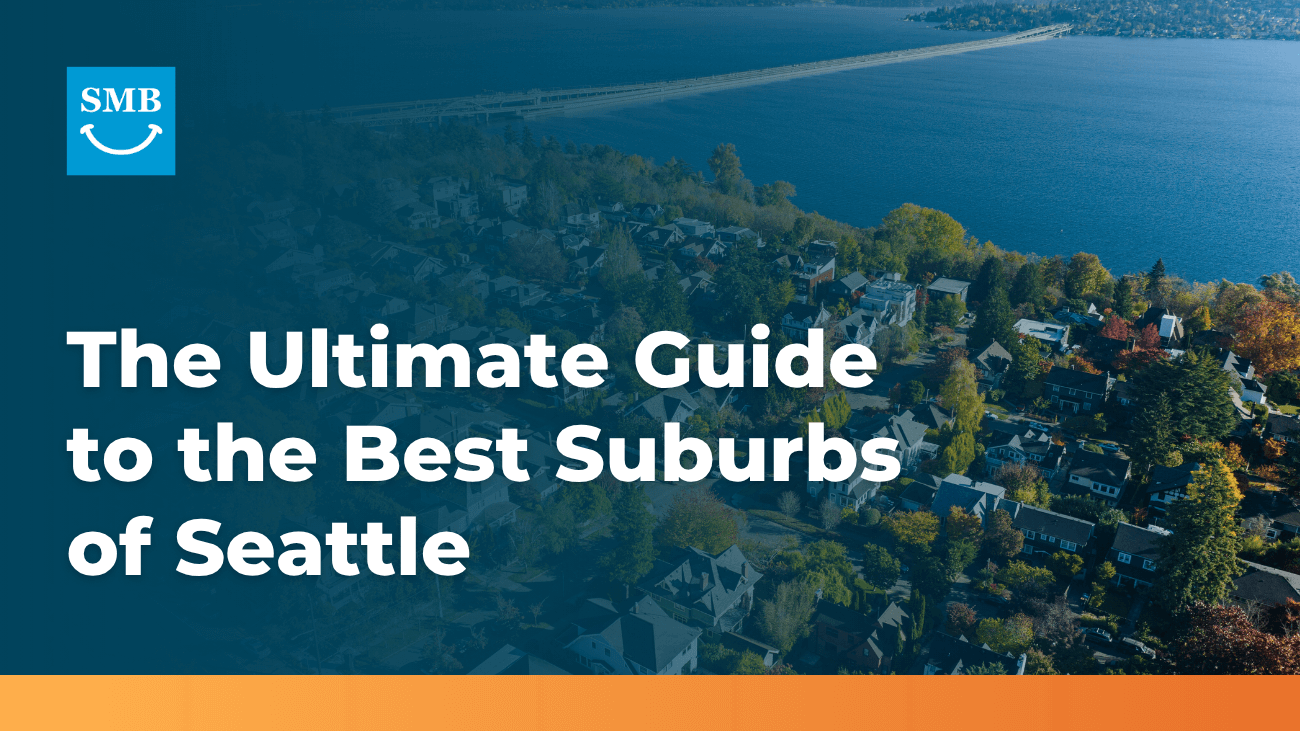
Should You Use a Mortgage Broker? Everything You Need to Know First
How to Find the Right Neighborhoods in Seattle for Your Budget and Lifestyle

Warrantable vs. Non-Warrantable Condos: What Every Buyer Needs to Know Before Financing

How Much Does It Cost to Refinance a Mortgage in Seattle? A Homeowner’s Guide
.png)
How Often Can You Refinance Your Home?
.png)
The Complete Guide to For Sale By Owner (FSBO) in Seattle

10 Questions Every Seattle First-Time Home Buyer Asks

Ultimate Seattle Mortgage Loan Documents Checklist

Your Complete Guide to Seattle Property Tax

Why You Should Work with a Mortgage Broker

Where to Find the Best Local Mortgage Broker

Where Are The Best Places To Live In Seattle?

What’s the Best Way to Save Money for a House in Seattle?

When is the Best Time to Refinance a Home?

What is the Jumbo Loan Limit in Seattle 2020?

What You Need to Buy a House in Seattle

What Is a Jumbo Loan and will you need one when moving to Seattle?

What is the Jumbo Loan Limit in Seattle?

What Is A Non-Warrantable Condo?

What is the Best Down Payment Amount on a House in Seattle?

What is PMI Mortgage Insurance? And Why It Is Not As Bad As You Think

What Is A Cash-Out Refinance?

What do Home Loan Underwriters Look For?

What Down Payment Do I Need for a House?

What Are The Costs of Buying a Home?

What Are The Best Neighborhoods In Seattle For Families?

FAQ: What Are the VA Home Loan Requirements?

WEST SEATTLE JUNCTION ; Seattle Neighborhood Tour

What are RSUs and How to Spend Them

Understanding Mortgage Down Payments

Top 5 Seattle Suburbs to Buy In 2021

Understanding Down Payments in Seattle

The Ultimate Mortgage Document Checklist

Top 10 Mortgage Questions You Should Ask Your Broker

The Worst First-Time Homebuyer Mistakes

The Top 5 Seattle Suburbs for 2020

The Best Seattle Neighborhoods in 2020

How to Find the Best Mortgage Refinance Companies in Seattle

The Best Seattle Neighborhoods for Families

The Best Neighborhoods in Seattle to Buy a Home

The 7 Best Seattle Suburbs for Families

Seattle Neighborhood Guide: The Top 10 Most Affordable Places To Live In Seattle

SOUTH LAKE UNION ; Seattle Neighborhood Tour

Seattle Summer Housing Market Guide 2020

Seattle Housing Market Update 2020

Seattle Housing Market Hacks

Save Money When Buying a House in Seattle

Save Money on Your Mortgage Refinance

Moving to Seattle with a Family? Here's the BEST Suburbs For You!

Refinancing To Reduce Your Bills and Increase Available Cash

Neighborhoods in Seattle to Buy a Home 2020

Real Estate Trends in Seattle

Mortgage Down Payments in Seattle

MAGNOLIA ; Seattle Neighborhood Tour

Mistakes to Avoid with Cash-Out Refinance

How to Refinance Your Home in 9 Steps

Jumbo Loan Limit vs Conforming Loan Limit in Seattle for 2021

KIRKLAND ; Seattle Neighborhood Tour

Jumbo Loan Limit in Seattle for 2021

ISSAQUAH ; Seattle Neighborhood Tour

Is My Credit Score Good Enough to Buy a House?

How to Buy a House; Home Buying 101

How to Lower Your Monthly Mortgage Payment

How to Get the Best Rate for Your Home Loan

How to Buy a House for Less

How Much Home Can I Buy in Seattle?

How Much Do You Really Need for a Down Payment in Seattle?

How Much Home Can I Afford?

Home Price Forecast for Seattle 2020

How Hot is the Seattle Real Estate Market?

How Hot is the Seattle Real Estate Market in 2022?

Home Inspection Questions You Need to Ask

Do You Need a Realtor to Buy a House in Seattle?

FHA vs. Conventional Loan: Which Mortgage Is Right for You?

Find the Best Mortgage Lender for Your Home Loan

Federal Housing Administration Loans 2021

Down Payment Requirements in Seattle

FACTORIA and SOMERSET ; Bellevue Neighborhood Tour

Everything you Need to Know About Seattle Jumbo Mortgages

Everything You Need to Know About VA Loans

Advice To A First Time Home Buyer: Down Payment Assistance Programs Exist for Millennials

CROSSROADS ; Bellevue Neighborhood Tour

Down Payment 101: How Much Money Do I Need to Buy a House?

COVID-19 Mortgage Help for Homeowners

Comparing ARM vs. Fixed Rate Mortgage

Can I Afford To Buy A Home In Seattle?

Choosing the Best Lenders for Home Loans
How to Use Restricted Stock Units to Buy a Home in Seattle

ARM v. Fixed Mortgage: Which is Right For You?

Ballard or Queen Anne? The Best Neighborhoods of Seattle to Buy a House

Avoiding the Worst Seattle Mortgage Lenders

Are You Buying a House in Seattle? Here’s the Ultimate Survival Guide
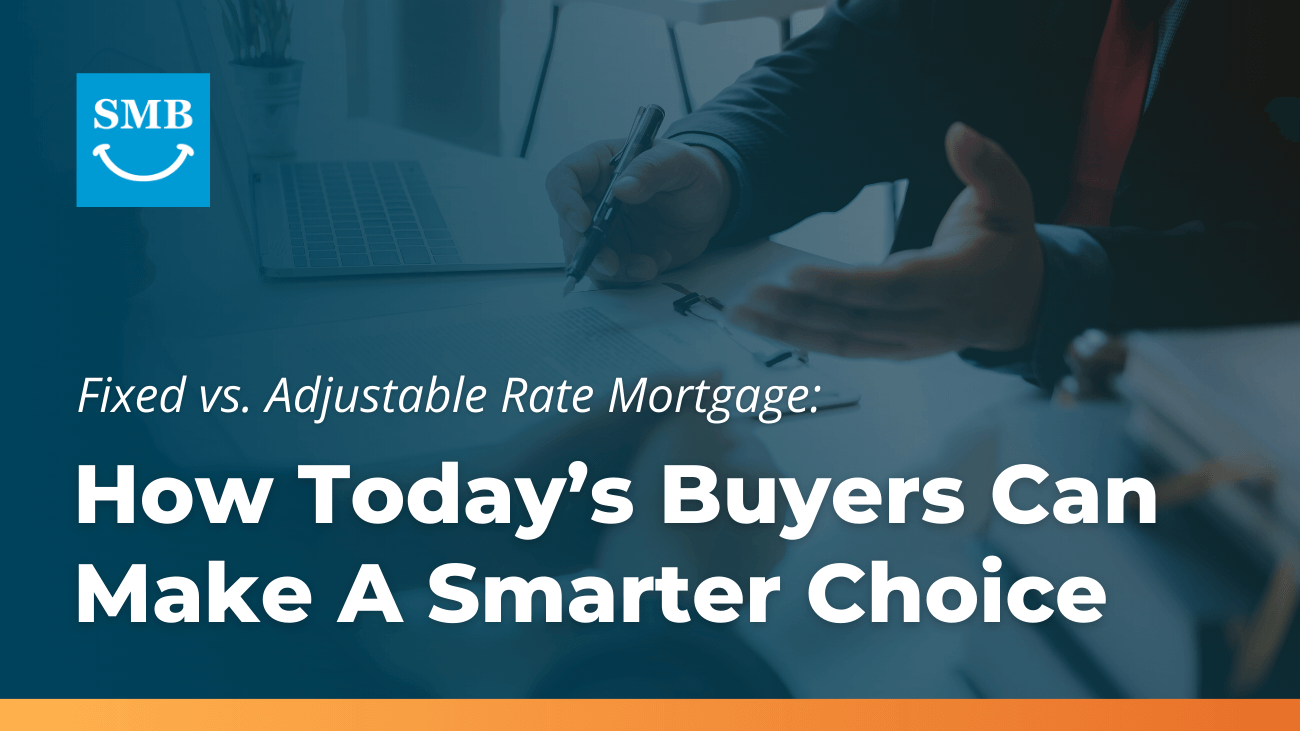
Fixed vs. Adjustable Rate Mortgage: How Today’s Buyers Can Make A Smarter Choice

ALKI BEACH ;; A Seattle Neighborhood Tour

A Complete Guide to Refinancing Your Home Loan

8 Ways to Lower Your Mortgage Payment

8 Mistakes to AVOID When Mortgage Loan Refinancing

7 Seattle Suburbs for Families


















